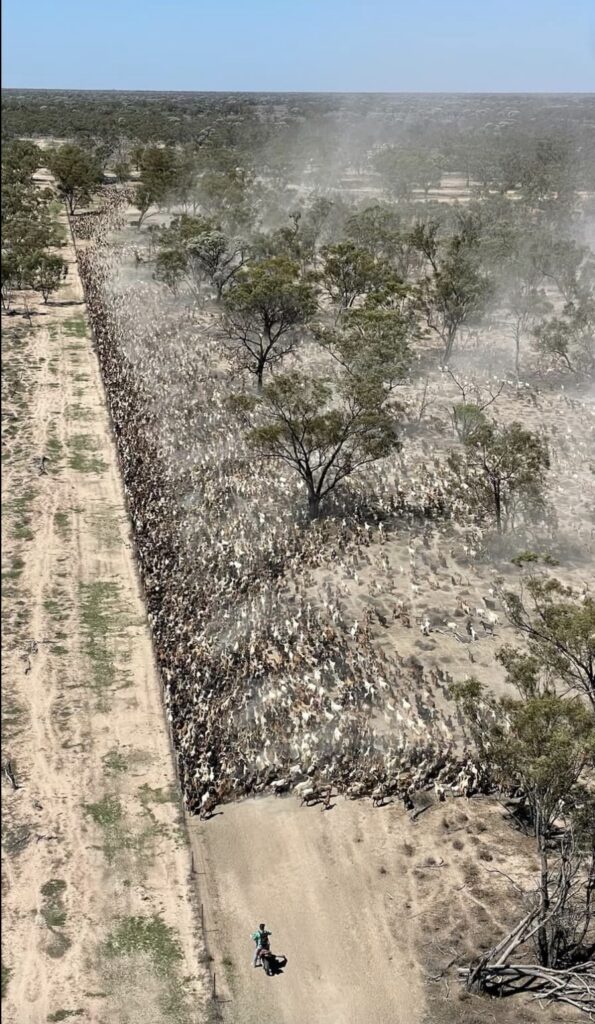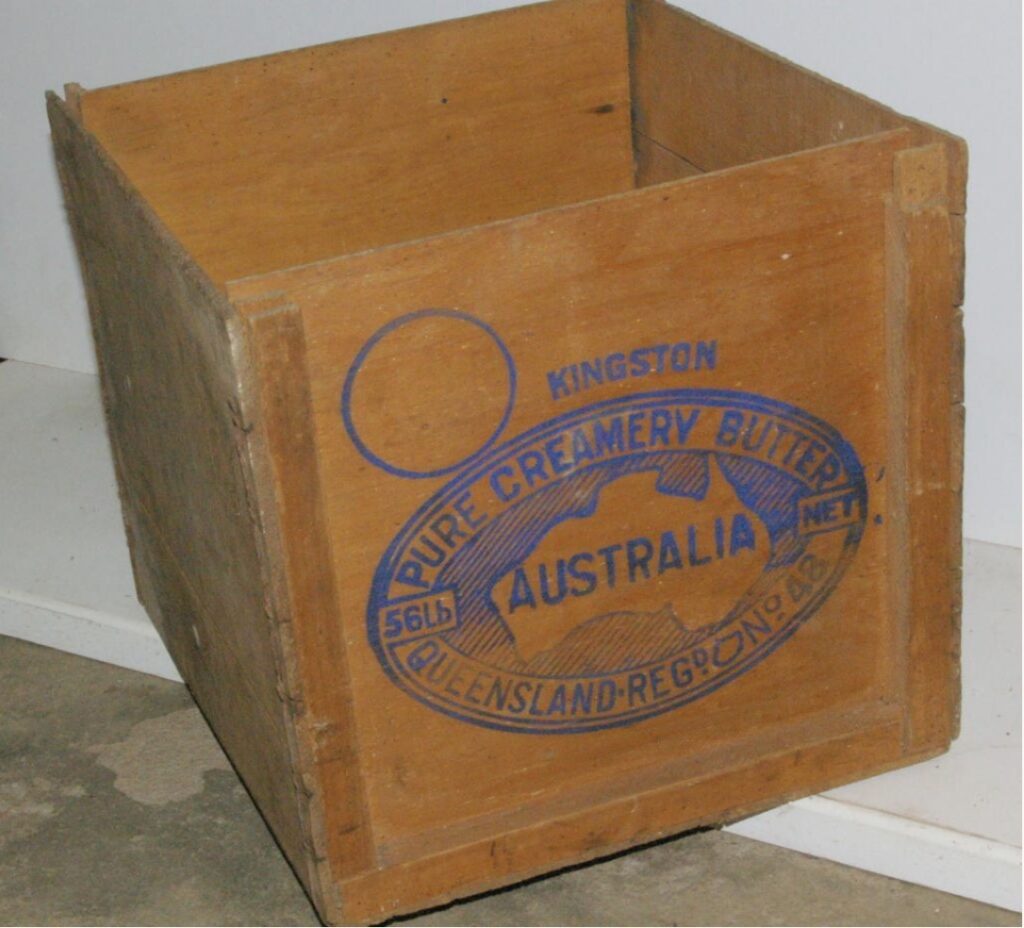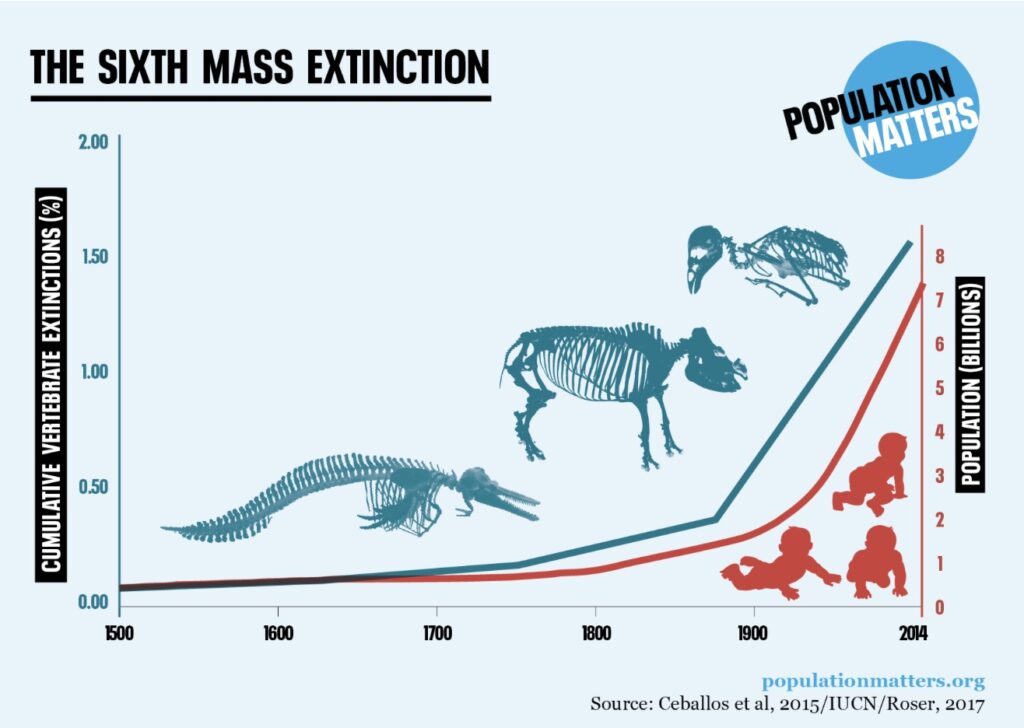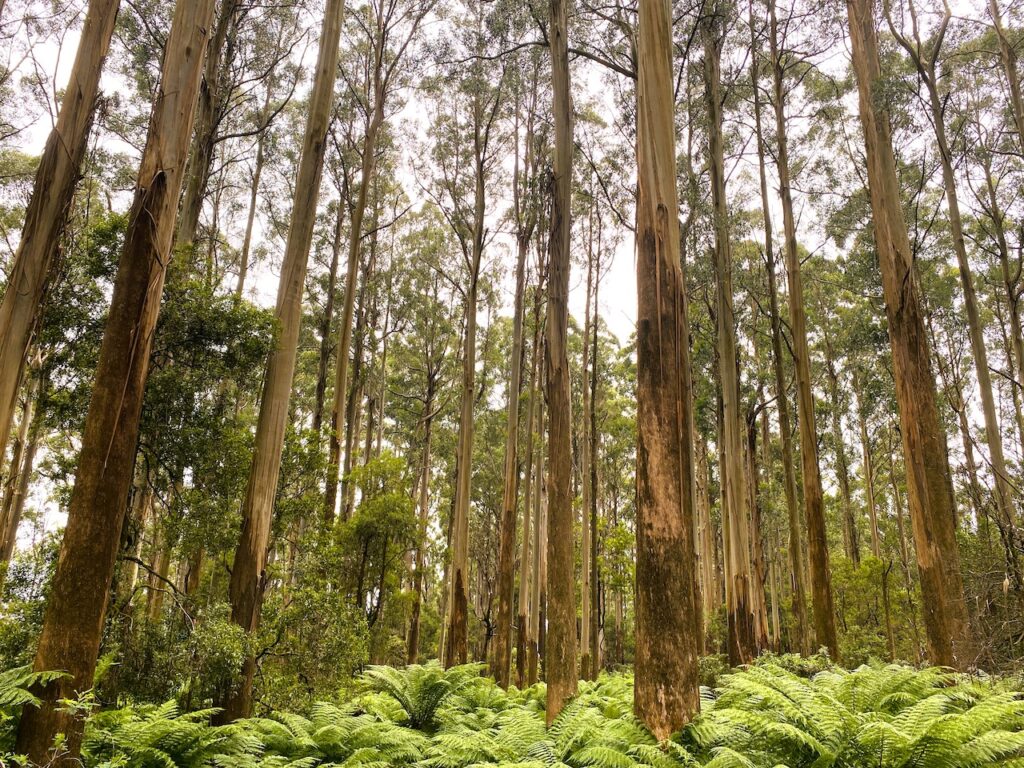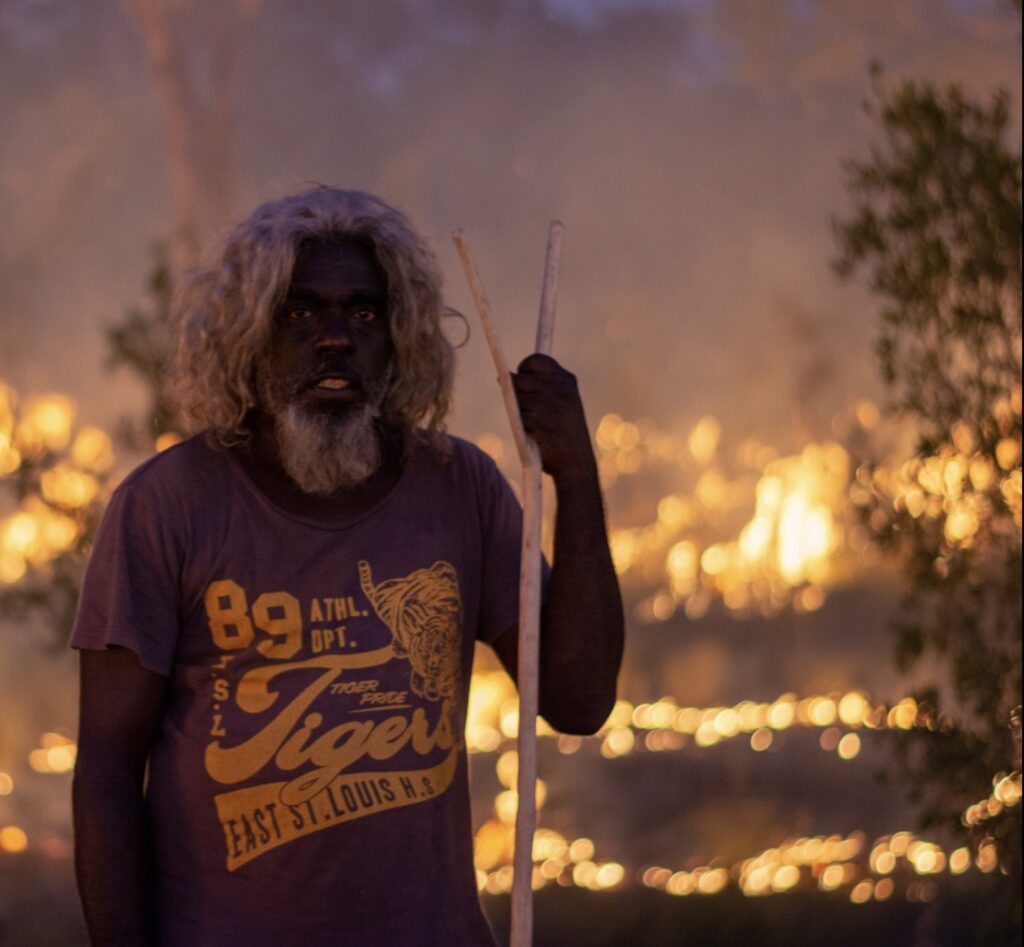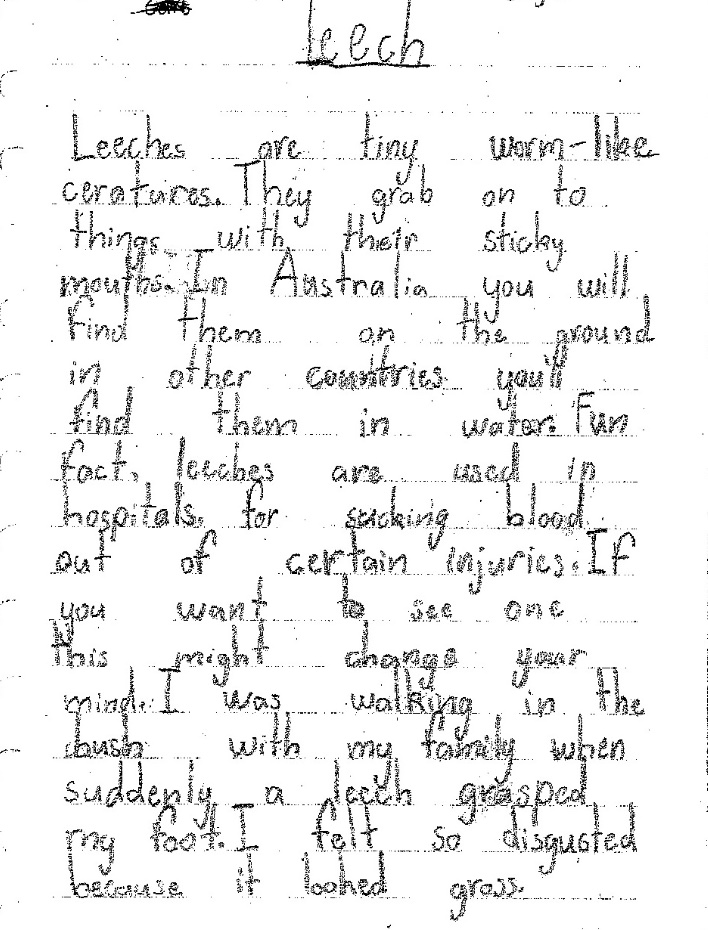Forestry
The humble clothes peg
Ever since humans have worn garments, they have had to wash them. Where to put the garments to dry has a fascinating history. We always think that pegs hung them. However, clothes pegs only have a relatively recent past. Before the nineteenth century, laundry was hung on bushes, limbs or lines without fasteners to hold the clothes in place. … Read more
More fauna stories – leeches and ticks
In April 2021, I wrote a blog about memorable fauna stories. You will note that I didn’t mention leeches, mainly because I never panicked when they were on me. I didn’t like them, but I tolerated them. I had to when walking in the wet bush all day, especially in the always moist forests in north-west Tasmania.… Read more
